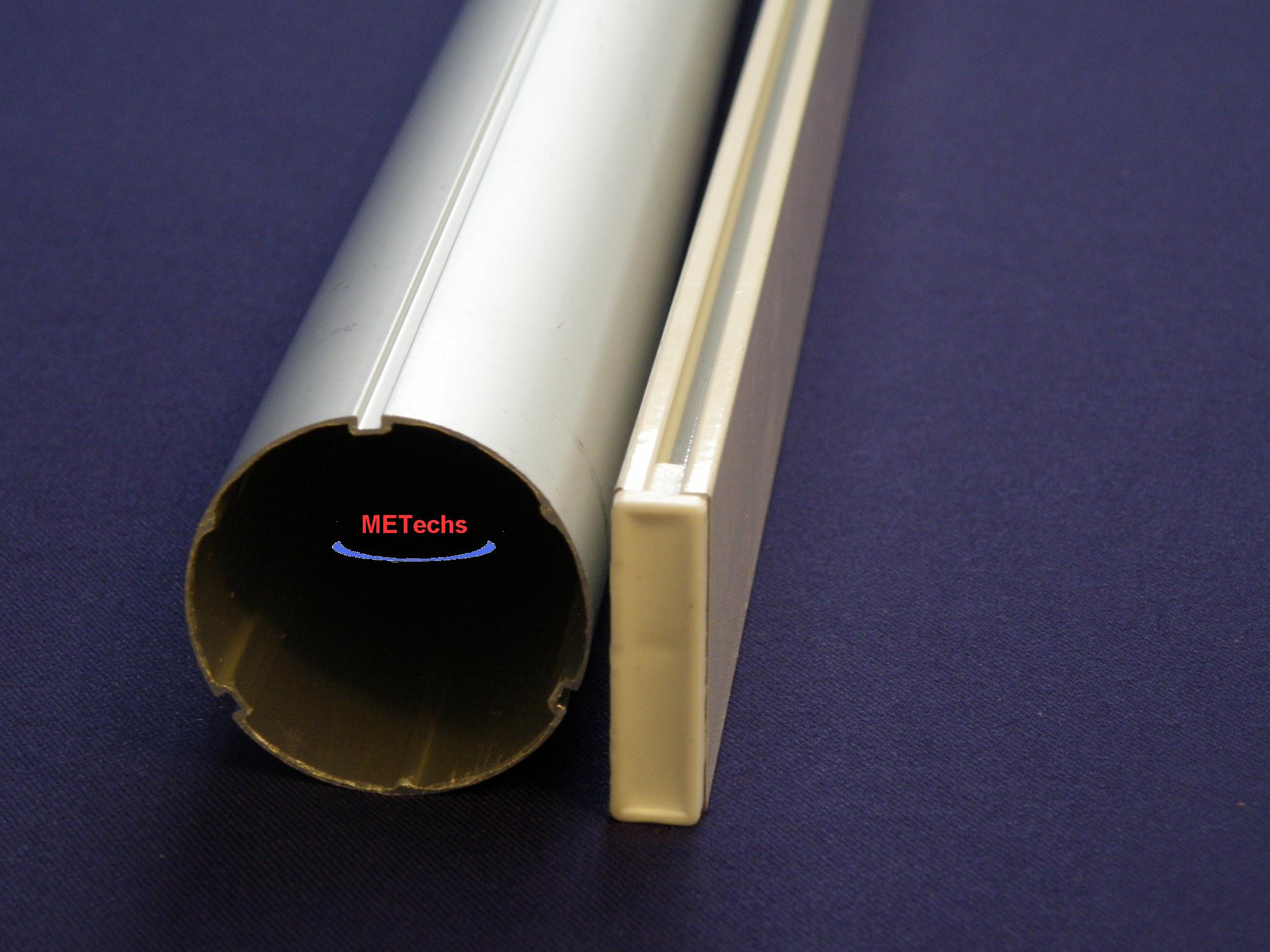Categories
Reviews [more]
Understand LNBs
Understand LNBs.
There are two different type satellite TV antennas. They are Ku band and C band. Groups of KU band satellites, FSS (Fixed Satellite Service) and DBS (Direct Broadcast Satellite). DBS satellites are the type satellites used by DN, DTV, BEV, and VOOM, and the band is authorized for use in North America. They operate from 12200-12700 MHz, and their polarity is circular. FSS satellites are thought of as general purpose satellites and is the home of many different broadcast media and many different types of signals. The FSS satellites are placed worldwide around the globe. The frequency is 10700-12700 MHz and the polarity is linear.
Linear polarity satellites broadcast their signals with the waveform being sent from the antenna either in the vertical plane (oriented up-down) or the horizontal plane (oriented left-right). This allows twice the amount of channels to be transmitted by the satellite in the same amount of bandwidth, as the signals from the opposite polarity are attenuated enough so that they don't interfere with each other. Circular polarity satellites send their signal in a corkscrew pattern, and the polarity is determined by the direction of rotation of the signal, either right hand or left hand.
When the signal is reflected from the dish, it enters what is called a feedhorn. The feedhorn, or feed for short, focuses the received signal down a tuned tube, which is called a waveguide. We sometimes refer to the waveguide as the THROAT of the feedhorn. At the end of the waveguide is the entrance to the amplifier. The amplifier usually has 2 probes that is each oriented to correspond to the horizontal and vertical polarities, and is switched by the amplifier according to which polarity is needed. A circular feedhorn has a small device that transforms the circular signals to either horizontal or vertical signals for processing by the amplifier. The amplifier is generally called an LNA (low noise amplifier).
The amplifier does it's job and amplifies the very weak microwave signal, and then it's passed on to a device called a down converter. A microwave signal has extremely high loss when trying to send it down a regular coax. After just a few feet there would not be much signal left because of this loss. Lower loss coax could be used, but it would be extremely expensive. The down converter "converts" the signals to a much lower frequency so that relatively inexpensive coax can be used to get the signal from the dish to the receiver. Today technology has allowed the combining of the LNA and down converter into the same box. This is called an LNB, or Low Noise Block converter. And feeds are now being integrated with LNB's into a single assembly known as an LNBF.
C Band dishes work on basically the same principle above, except the feeds and dishes are MUCH bigger, and use a much lower frequency of 3400-4200 MHz. They can also be either linear or circular polarity.
You must have the proper LNBF for the type of satellite you want to receive. A DBS LNBF won't receive much of anything in the FSS band, and vice versa. 2 LNBF's are required to receive both bands. There are generally just 1 type of DBS LNBF, but there are 2 types of FSS LNBF's, standard and universal. A standard LNBF will cover a single portion of the FSS band, usually 11700-12200. It has a single local oscillator frequency, which is usually 10750 MHz. A universal LNBF is an offshoot of LNBF's that are mainly used in Europe, where they have a need to tune several sections of the KU FSS band with a single LNBF. They will tune 10700-12700 MHz. and they have 2 seperate local oscillators at 9750 and 10600 MHz, which will allow the LNBF to tune a large expanse of spectrum. The receiver uses a special signal to tell the LNBF which of the local oscillators it should use for the frequency it needs to tune.
Copyright © 2004-2024 www.FTASatelliteTV.com, a METechs Company

